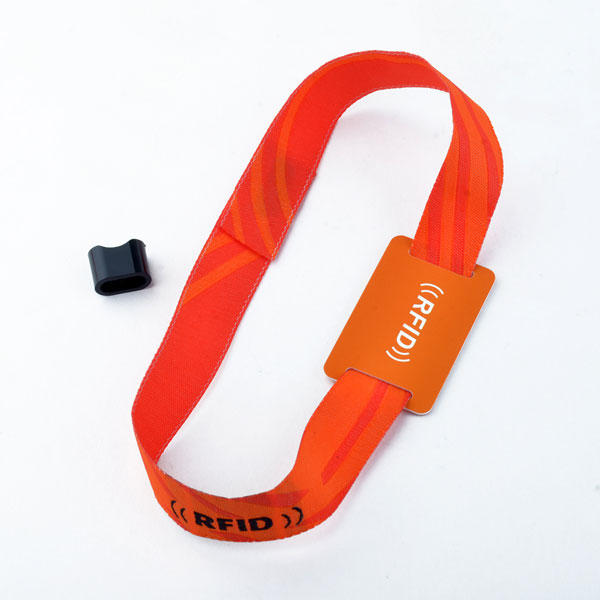According to research and analysis, there are currently more than 10,000 libraries across the country, due to the characteristics of wide variety, large quantity and high frequency borrowing and turnover of books, there is an urgent need for a set of perfect intelligent system management solution. RFID technology has helped many libraries successfully transit from purely manual management to the use of electronic tags, readers, software, systems and other intelligent management of the Internet of Things, so that it has been optimally improved in the management and services of self-service borrowing and returning, inventory checking, searching, and sorting of books.
The application of RFID radio frequency technology in book management, from the traditional and simple manual borrowing and returning to the realization of the current intelligent service, which indicates the speed of technological development is very rapid, especially compared with the traditional bar code and magnetic stripe technology, it has a more obvious advantage. What are the specific advantages of using RFID radio frequency technology in libraries? Let us take a look together.
The soulutions of smart book include:
1. Book admission: input the new book information into the RFID tag and paste it on each book, so that the storage location and other information of the book will be transmitted to the computer data management database, so you can easily know its location, borrowing and returning information.
2. Shelf management: after the books are put into the RFID electronic tags, the administrator can use the handheld machine to put the books on the shelves and organize them, which can greatly reduce the workload and improve work efficiency.
3. Self-service library card management system: readers can apply for library card by themselves through the terminal.
4. Self-service inquiry and renewal system: network operation, readers can self inquire about the library status and storage location of books on any computer with internet, and can apply for renewal of books.
5. Self-service book borrowing and returning system: the self-service book returning system can be installed through the wall or placed in a suitable position like a bank ATM, so that readers can return books at any time. Readers only need to put the book in the book return slot, the book can be returned and the book return voucher can be printed after confirmation.
6. Security door system: When the books that have not gone through the procedures for borrowing books pass the security door, the system will automatically give an audible and visual alarm to prevent the books from being taken out. Safe access control supports two working modes, online and offline, making the system safer and more reliable.
To sum up, the application of RFID radio frequency technology in the book management Internet of Things solution effectively simplifies the borrowing between readers and librarians as well as the corresponding work content of the administrator in the library, which also realizes intelligent links, improving readers' borrowing feeling and reduces the workload of administrators. It shows its fast, efficient, and low-cost characteristics in smart book management, and occupies an unshakable position in the market.
In the future, Internet of Things solution with RFID as the core will be more and more applied to people's daily lives, making time more efficient from then on.
 Application of RFID Tag Identification Technology in Intelligent Supermarket Product Management
Application of RFID Tag Identification Technology in Intelligent Supermarket Product Management Common Questions and Answers for RFID Tags
Common Questions and Answers for RFID Tags RFID Technology Helps the Beauty Retail Industry Set Off a New Tide
RFID Technology Helps the Beauty Retail Industry Set Off a New Tide Technical Features of Contactless IC Card
Technical Features of Contactless IC Card Application of RFID in Supply Chain Logistics
Application of RFID in Supply Chain Logistics How does the RFID Wristband
How does the RFID Wristband



